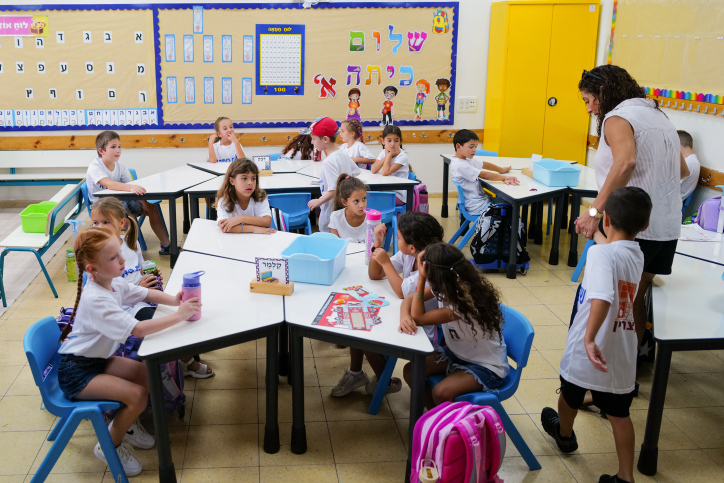This Thanksgiving, faculty learners throughout the country are using a short-term break from courses to rejoice at house with family members and pals. Still for pupils battling with feelings of suicide and other serious psychological health problems, some might be advised not to return to campus.
Faculties across The united states have mainly dropped their COVID-19 limits, however the pressures facing students today keep on being terribly substantial. The American Psychological Association has labeled it a “crisis,” and estimates that above 60 per cent of faculty college students are presently dealing with a single or extra mental well being problems.
Congress has done little to supply funding to recognize the stresses and worries students are confronting. And several universities are not delivering pupils the assist they need to be healthful and resilient.
In 2019, learners attending significant-acquiring schools throughout the country have been extra to the Nationwide Academies of Sciences, Engineering, and Medicine’s (NASEM) list of “at-risk” groups. The motive: Tension to compete at top educational concentrations resulted in increased stats of behavioral and psychological wellbeing concerns. Other people on NASEM’s at-possibility checklist provided young children residing in poverty, foster care and those people with incarcerated mother and father.
That was right before the pandemic. Due to the fact then college students have endured intense worries, which include social isolation and remote mastering, which have disrupted their social and tutorial enhancement. Campus existence for college or university pupils may possibly show up, on the surface area, to be again-to-standard but for quite a few, the lingering results of COVID-19 are still very uncooked, and very genuine.
Stats published by the College of Michigan rank suicide as the 2nd-foremost result in of death for faculty students nationwide. Around 1,100 suicides arise on faculty campuses just about every yr. Virtually 40 p.c of the university’s very own learners have either “thought about or considered” it. These kinds of figures set improved force — and bigger expectations — on universities to tackle the mental overall health care requires of their college students.
Schools know this is a challenge. Six consecutive surveys by the American Council on Training dating again to the start out of the pandemic identified pupil psychological wellbeing was a “pressing issue.” Last year, more than 70 percent of college presidents cited it as their most significant issue.
But some of the nation’s most elite universities appear to be failing pupils who require mental wellness companies. A current expose by The Washington Article found suicidal students at Yale College “are pressured to withdraw.” And those trying to find readmittance should reapply and waive their proper to privacy by demonstrating that, at their possess cost, they’ve acquired suitable psychological wellbeing care in the course of their time away as a ailment of becoming authorized again to campus.
The difficulty isn’t particular to Yale. Prior to the pandemic, the Ruderman Household Foundation found challenges at a range of Ivy League universities relating to pressured leaves-of-absence procedures for college students suffering from mental health issues. Every person obtained a quality of D+ or decreased.
These policies betray the pupils who request care. These insurance policies prioritize lawful defense over university student perfectly-remaining. Alternatively of expanding companies and prioritizing mental health and fitness, some educational institutions are compounding the issue by forcing students who arrive forward to depart their walls.
This year Congress enhanced youth mental health support but saved grant funding for larger training at a paltry $6.5 million. To bolster the energy of America’s young grownup population we have to have to destigmatize, and not penalize, treatment-in search of behavior. We also require a larger motivation from our elected leaders to fund accessible and substantive applications to tackle mental health consciousness and prevention.
And such help should extend over and above college campuses. Younger people in all places endured COVID-19 and several are in require of aid — such as those people in college and those for whom school is not an selection.
At a time when student need to have for faculty mental health providers is at an all-time significant, faculties are lagging behind. College presidents overwhelmingly agree mental health and fitness is the selection one challenge experiencing their campuses. They — and Congress — need to have to action up and do extra to be component of the alternative.
Lyndon Haviland, DrPH, MPH, is a distinguished scholar at the CUNY Faculty of Community Wellness and Wellbeing Coverage.




